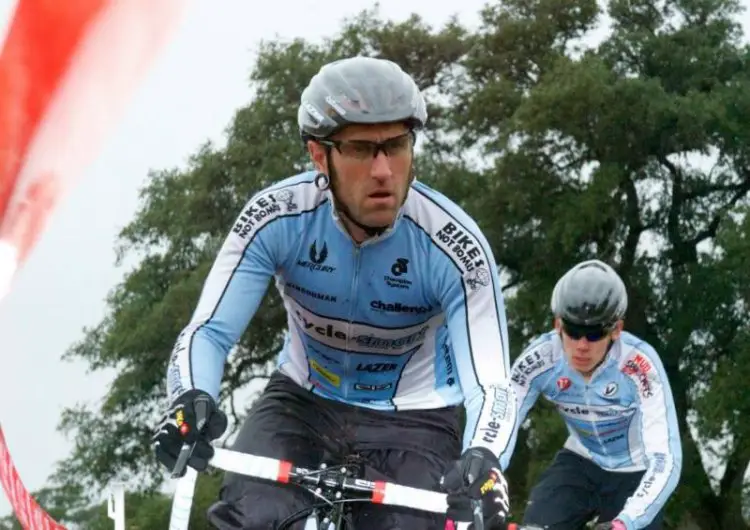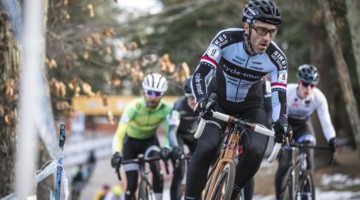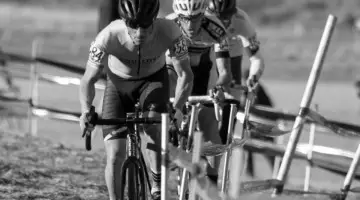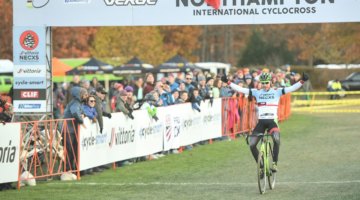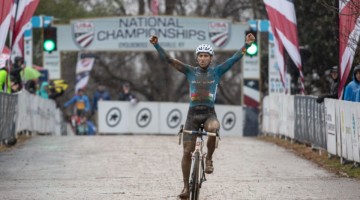Traveling to gravel events and cyclocross races on one’s bucket list can mean a long drive or flight to reach a destination. Especially when these events are more likely to be set on the national stage, and you have been training to peak for them, nothing can be more disappointing than finding your legs have cracked under the duress of travel. In this week’s Technique Tuesday, Adam Myerson explores the best approaches to travel so that a rider is able to brush off the miles not spent on the bike.
You can find other training ideas and articles at cycle-smart.com, as well as information on internationally-recognized coaching and clinic programs for all skill levels.
by Adam Myerson
It’s a common refrain for North American professional cyclists that traveling is the hardest part of the sport. This isn’t unique to pros, though. It’s crucial for racers at every level to consider how traveling can take away from your performance, and how much they need to prepare and account for it, just as they would with training. Bike racing is hard, of course, but it’s something you prepare and train for.
Traveling is something you do secondarily and is often out of your control; it’s obviously not going to make you stronger to sit in a car for 6 hours, and undoes all the training, resting, and dieting you’ve done to prepare. Whether it’s time in the car or maybe on a plane, travel means potential time off the bike, sitting in cramped positions, breathing recycled air and eating less than ideal food. So how do you account for it?
If you have a big event on a weekend where you’ll be racing Saturday and Sunday, but traveling all day or evening on Friday, you’ll ideally want to rest on Thursday. If you try to cram another day of training in right up to the day you have to leave for the race, you’ll leave yourself trying unsuccessfully to recover from your workouts will sitting folded in half in your car eating rest stop food like chips, candy, and soda. An easy day Thursday will make sure your body’s on top of things and ready to handle a long day in the car.
If you end up driving all night on Sunday or even through the day Monday to get home from an event and lose a day of training, don’t try to begin right back with your workouts on Tuesday. A hard weekend of racing combined with what might be a bad or short night of sleep in the back seat of the car is almost always going to require a second day of recovery before you’ll be ready to go again. Playing it safe and giving yourself until Wednesday is a long term investment in your form, since you’re not taking the risk of training tired on Tuesday.
If you’ve got a multiple day drive, the kind that might take you home from an early season spent in warm climate or maybe your yearly trek to a big event, you can take one of two approaches. One says is to go full blast, drive through the night with no stops and no traffic, taking turns driving with your traveling partners to get to the race or back home as soon as possible and get your life back to normal. The sooner the better to begin your recovery.
I believe that style has it’s place, but prefer a more Kerouak-type approach. I think it’s best to travel with as little impact on your riding and health as possible. That means sleeping until you get up on a travel day, going for a short training ride wherever it is you put your head down the night before, if it’s a multi-day drive, and then hitting the road in the early afternoon. Then, you can drive into the evening or try to make it to a particular city where you know you can get a hotel or host housing, and then go for another easy ride in the morning after you wake up. This is the approach that worked for me when I was racing full-time as an amateur and making long drives from event to event. While that might not be realistic for those who are in a rush to get back to work as soon as possible on Monday or leaving after work on a Friday, that’s where you have to strive for some kind of balance.
An ideal approach is to be gentle on the way to an event, and aggressive on your way home. Pulling an all night drive before the event is a good way to guarantee you’ll show up tired. Driving non-stop to get home, however, means you’re back in your own bed and can start the recovery process sooner. The most important rule in my book is that a travel day is absolutely not a recovery day. You might be forced to schedule rest days before an event as travel days, but you should never consider the post-race travel days as recovery. Those days of travel need recovery days as well.
Take the time you spend traveling seriously and give it the respect it deserves. Little things like packing a cooler of your own food, buying water instead of soda at rest stops, and having productive things to do when you’re the passenger are key. Extra rest before you go, and extra recovery when you return will help you hold on to the form you worked so hard to build for the event your traveling to in the first place. Don’t let a mismanaged or underestimated day of traveling crack you or ruin all your preparation before you even get to the start line.













